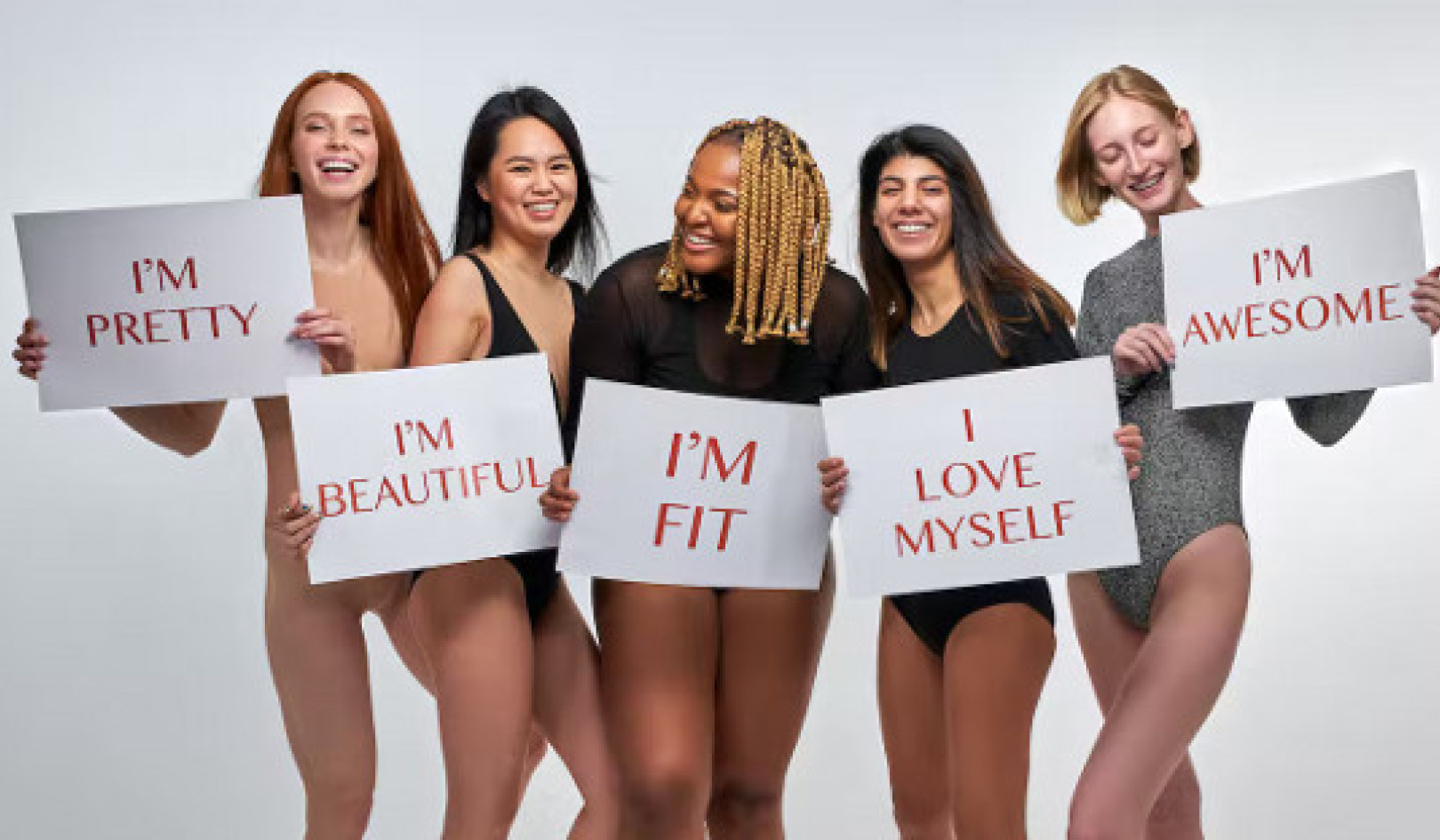
A man that flies from his fear may find that
he has only taken a short cut to meet it.
—J.R.R. Tolkien
One theory of the brain’s evolution holds that our brains are made up of three different parts that work together: the reptilian brain, composed of the brainstem and the cerebellum; the limbic, or mammalian, brain, composed of the hippocampus, the amygdala, and the hypothalamus; and the neocortex, the two large cerebral hemispheres. These parts of the brain evolved in order over time, yet are thought to still retain much of their original natures:
- The reptilian brain is in charge of the rigid fight-or-flight response triggered by fear.
- The mammalian brain makes snap judgments based on feelings and past experiences.
- The neocortex is capable of abstract thought, imagination, future planning, and advanced reasoning.
What's In Your Mind?
We hold in our mind all kinds of old fears and feelings that we’ve had since childhood, some of which we are only dimly aware. The problem is that the reptilian and mammalian parts of our brains respond strongly to those old feelings, as if they were current realities that need to be addressed.
We need to work on acknowledging those outdated feelings and fears and avoid being triggered by them into either action or inaction. We want the brain of a highly evolved human governing our healing decisions, not the brain of a reptile that just crawled out of the primordial sludge.
How do you do that? You pay attention. Sometimes the ways in which our feelings can sabotage our healing are not concrete and are difficult to pinpoint. For example, I have a certain amount of free-floating anxiety all the time, which I trace back to a bunch of death and illness around me when I was young, combined with some other social factors. That anxiety leads me to feel almost constantly overwhelmed, even when there really is nothing to be overwhelmed by in the moment.
That feeling of overwhelm, in turn, often makes it hard to turn down a comforting bowl of mac-and-cheese to eat a salad instead. “It would feel so good to eat that mac-and-cheese…and I deserve it!” says the voice in my head. But that message is from my reptilian brain, or at best my mammalian brain, seeking escape from the old overwhelm and anxiety they sense. Those messages are in response to a 40-year old feeling, not in response to the most finely crafted, creative plans that my neocortex can produce.
To override the reptilian and mammalian brains’ automatic responses, you can consciously activate your neocortex to overcome those other messages. Recognizing that regularly choosing to eat a pile of starchy comfort food might not be a result of clear thinking is the first step in making the healthier choice. That recognition gives you a chance to move the front forward in the battle to change your habits.
Tools To Help You Let It Out
There are countless ways to address negative emotions. Different ways are right for different people. Here is a short list of some tools you can explore: meditation; prayer; talking with friends; individual talk therapy; group therapy; art, water, song, dance, or music therapy; alternative therapies like the emotional freedom technique (EFT or “tapping”), eye movement desensitization and reprocessing (EMDR), or neuro-linguistic programming (NLP); and journaling.
Check out any of these tools to find a means to identify and release the emotions that are holding you back.
The Healing Benefits of Tears and Laughter
Crying wasn’t like riding a bike.
Give it up, and you quickly forget how it’s done.
—Alice Hoffman
In my years of travel through the worlds of health and healing, one of the most powerful tools I have come across is the listening partnership. A listening partnership is an agreement between two people to take turns listening to one another as they explore their thoughts, feelings, and challenges. Although I have found many of the tools listed above helpful, none of them has had the same impact on my life as this one. It also doesn’t cost money and can lead to a deeply connected relationship that can enrich your life for years to come.
Deeply listening to one another has so much healing potential. It cuts isolation, enables us to work through difficulties, and connects us to our own humanity. In today’s world there is little time to deeply listen to each other. Listening partnerships carve out the space to allow for that connection to happen. They also do something else that’s pretty radical: They encourage people to show their feelings.
It's My Body, And I'll Cry If I Want To
Our society tends to discourage big displays of emotion. If a person does begin to cry during a conversation, they usually rein it in pretty quickly. In a listening partnership, laughter, crying, and generally getting excited or emotional is encouraged. That’s a great thing, because research has shown that releasing emotions through laughter and tears can aid in physical and emotional healing. It has been shown that laughter can:
- Reduce stress hormones and their negative effects.
- Stimulate circulation and aid in muscle relaxation.
- Increase endorphins, the body’s natural pain killer and “feel-good” neuropeptides.
(Mayo Clinic Website, “Stress Relief from Laughter? It’s No Joke”)
Here are some fascinating findings about crying:
- Biochemists have found that emotional tears excrete stress hormones that reflexive tears in response to an eye irritation do not.
- Typically, after crying, your breathing and heart rate decrease, and you enter into a calmer biological and emotional state.
- Most people report feeling “lighter” and more able to think clearly after having “a good cry.”
(Judith Orloff, “The Health Benefits of Tears”
Psychology Today, July 27, 2010)
So laughter and crying are both readily available, no-cost ways to improve our emotional and physical well-being with no side effects, but most people don’t use them very much. Even people who say they cry a lot rarely get to have a really long sob unless there is some crisis.
As very young children, we all easily laughed, cried, or yelled in response to emotional or physical challenges. If given loving attention, a small child will cry for some period after almost any emotional or physical injury and then get up and be happily ready to move onto the next activity. Unfortunately, well-intentioned admonishments like “Don’t cry,” “Calm down,” or “You’re fine,” teach us as children to halt our natural healing processes.
Those instructions to avoid showing big feelings come from the perception that the emoting is part of the injury and that, once a person stops crying, yelling, or talking excitedly, they are no longer suffering. In reality, the suffering, feelings, and beliefs caused by the injury don’t go away. They are just stored away in our reptilian and mammalian brains and come back to subconsciously impact our thoughts and actions in the future. It is the crying, laughing, or excited speech that helps to heal the emotional injury and sort out our feelings about it.
The Support of Listening Partners
I am quite certain that I could not have changed my lifestyle and prioritized my healing the way I did without the support of regular sessions with my listening partners. Listening partnerships are a peer counseling tool used in a wide variety of health and educational settings.
The most complete description I have seen of how to do them is available from Hand in Hand Parenting, a fabulous organization that supports parents to build deeper connections with their children. Their booklet, Listening Partnerships for Parents: An Overview and self-guided video class, “Building a Listening Partnership” are great, thorough resources for anybody who wants to try using listening partnerships, whether you are a parent or not. You can order copies of both from the parenting tools page at www.HandinHandParenting.org.
Listening Partnerships: Not Your Average Conversation
We don’t have to advise, or coach, or sound wise.
We just have to be willing to sit there and listen.
If we can do that, we create moments
in which real healing is available.
—Margaret Wheatley
Although loving conversations with friends are wonderful and vital to your emotional and physical well-being, listening partnerships are different from everyday conversations in a number of ways.
* Each person gets equal time
* Emotional release is encouraged
Truly listening to another person is one of the most revolutionary things we can do. Thich Nhat Hanh, the Buddhist monk, author, and peace leader has said,
“Deep listening is the kind of listening that can help relieve the suffering of the other person. You can call it compassionate listening. You listen with only one purpose; to help him or her to empty his heart…And one hour like that can bring transformation and healing."
--Thich Nhat Hanh, “How to Practice Compassionate Listening,” Awaken Teachers, August 31, 2014.
Accessing and Addressing Your Feelings
It’s not easy to delve into emotional issues, let yourself cry hard, or get angry in the best of circumstances. Add to that the busy, highly scheduled lives that most people live today, and it becomes even tougher to notice and release big emotions.
Setting up listening partnerships with people whom you know and trust can give you a much better shot at accessing and addressing your feelings so that your mind and body are as clear and fresh as possible to move you forward in your healing work.
©2015 by Janette Hillis-Jaffe. All rights reserved.
Reprinted, with permission of the publisher, New Page Books.
a division of Career Press, Pompton Plains, NJ. 800-227-3371.
Article Source
 Everyday Healing: Stand Up, Take Charge, and Get Your Health Back...One Day at a Time
Everyday Healing: Stand Up, Take Charge, and Get Your Health Back...One Day at a Time
by Janette Hillis-Jaffe.
Click here for more info and/or to order this book.
About the Author
 Janette Hillis-Jaffe is a sought-after speaker, consultant and coach, with a Masters in Public Health from the Harvard School of Public Health. She spent thousands of hours studying counseling, nutrition, the mind-body connection, and the U.S. health care system during her successful effort to heal from her own six-year debilitating autoimmune disorder. She is passionate about supporting others to take charge and achieve their best health possible.
Janette Hillis-Jaffe is a sought-after speaker, consultant and coach, with a Masters in Public Health from the Harvard School of Public Health. She spent thousands of hours studying counseling, nutrition, the mind-body connection, and the U.S. health care system during her successful effort to heal from her own six-year debilitating autoimmune disorder. She is passionate about supporting others to take charge and achieve their best health possible.
Watch a video: Heal for Real from Illness and Injury (by Janette Hillis-Jaffe)


























